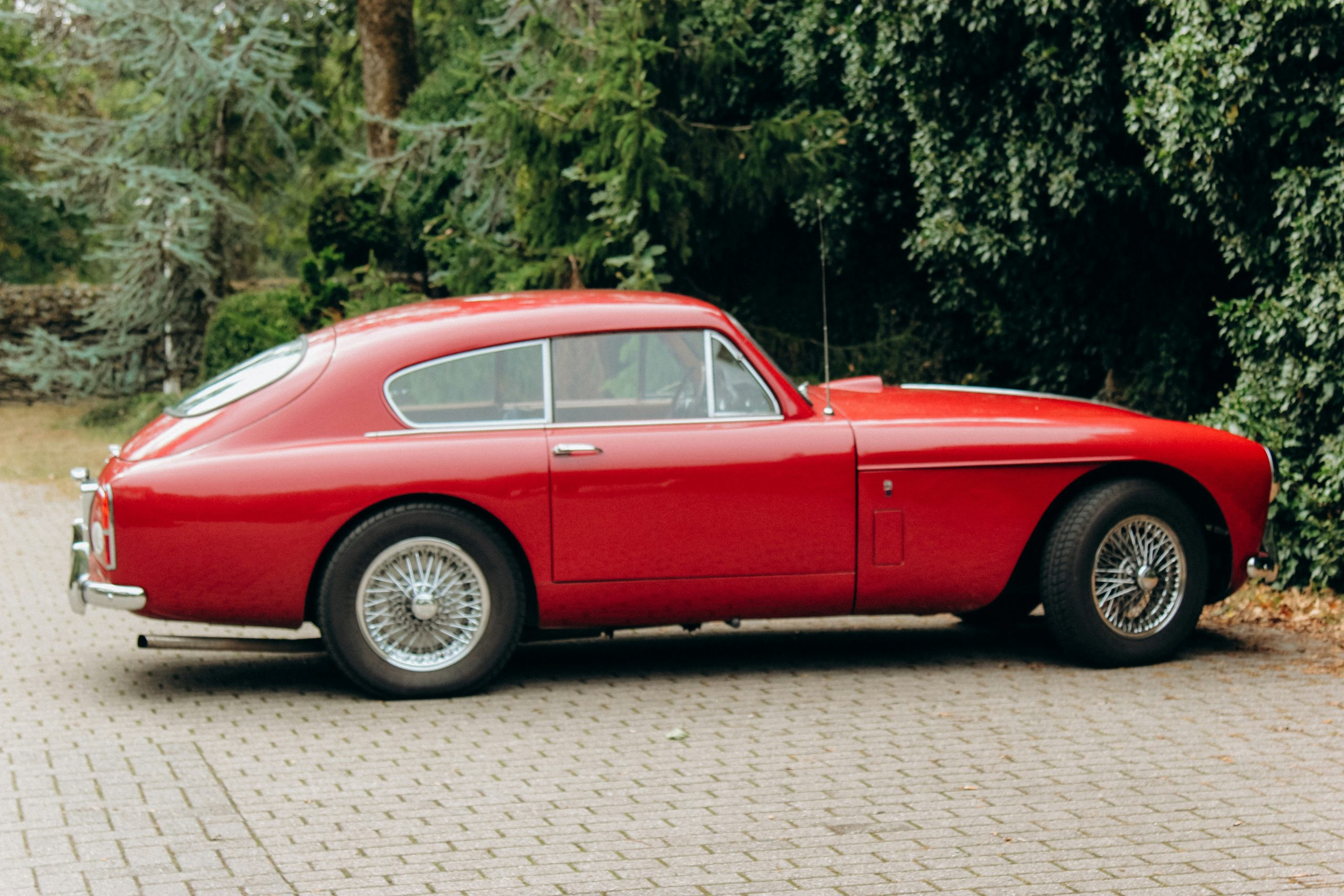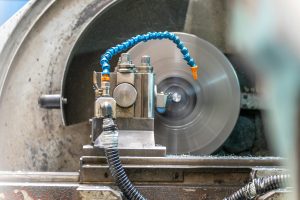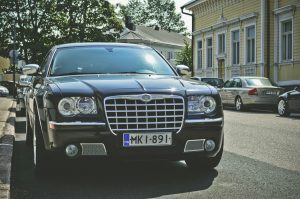What the most iconic movie cars can teach us about design
When it comes to iconic movie cars, we all have our favorites. From the sleek and futuristic DeLorean in Back to the Future, to the classic and powerful Shelby GT500 in Gone in 60 Seconds, these cars have become synonymous with the films that they star in. But what many of us may not realize is that these iconic movie cars can also teach us valuable lessons about design. Whether it’s in their form, function, or symbolism, these cars can provide us with insights on how to approach design in a more thoughtful and impactful way. Let’s take a closer look at what the most iconic movie cars can teach us about design.
The power of nostalgia and familiarity
One of the main reasons why movie cars have such a lasting impact is due to our emotional connection to them. We may not have ridden in the Batmobile or driven the Fast and Furious cars, but we’ve grown up watching and admiring them on the big screen. This sense of nostalgia and familiarity is a powerful tool in design, as it can evoke strong emotions and associations with a product or brand. By incorporating familiar elements or references to pop culture in our designs, we can create a sense of comfort and resonance with our audience.
Example: The Volkswagen Beetle in the movie “Herbie: Fully Loaded”
The lovable and quirky personality of Herbie, the Volkswagen Beetle, has been an iconic symbol of the brand since its debut in the 1968 film “The Love Bug”. Even in its latest appearance in “Herbie: Fully Loaded”, the familiar shape and characteristics of the car instantly draw in audiences of all ages.
Form and function go hand in hand
Iconic movie cars not only look cool, but they also serve a purpose in the film’s storyline. This balance between form and function is crucial in design. A beautifully designed product that lacks functionality will not fulfill its purpose, and vice versa. When designing a product, we must ensure that the aesthetics and functionality work together seamlessly to create a harmonious and effective end result.
Example: The Batmobile in The Dark Knight Trilogy
The Batmobile has undergone many transformations throughout the years, but its consistent sleek and powerful design has always served a purpose in Batman’s mission to fight crime. It’s not just a car, but a crucial tool in his arsenal. The same should be applied in design – every element should have a purpose and function that enhances the overall product.
Pushing boundaries and breaking norms
Many iconic movie cars are also memorable because of their bold and unconventional designs. They go against the norm and push boundaries, creating a unique and memorable experience for audiences. In design, it’s important to take risks and challenge traditional conventions in order to stand out and make an impact.
Example: The DeLorean in Back to the Future
The DeLorean, with its gull-wing doors and stainless steel exterior, was unlike any car at the time. Its futuristic design not only captured the imagination of audiences, but also symbolized the time-traveling capabilities of the car. This is a reminder that by breaking norms and thinking outside the box, we can create something truly innovative and unforgettable.
Symbolism and storytelling through design
Movie cars often have a deeper meaning and symbolism within the context of the story. They can represent the character, evoke emotions, or even serve as a metaphor for a larger theme. In design, we can use visual elements to tell a story and add depth and meaning to our products.
Example: The Shelby GT500 in Gone in 60 Seconds
The Shelby GT500, also known as “Eleanor” in the film, is not just a fast and eye-catching car – it represents the ultimate prize and the redemption of the main character, Memphis. Its sleek and powerful exterior symbolizes his determination and skill as a car thief, while its hidden nitrous oxide boost represents the hidden potential within him. This use of symbolism in design can create a deeper connection and meaning for the audience.
In conclusion, there’s a lot that the most iconic movie cars can teach us about design. From the power of nostalgia and familiarity, to the balance between form and function, and the importance of pushing boundaries and using symbolism, these cars are not only cool to look at, but also hold valuable lessons that can be applied to our designs. So the next time you watch your favorite movie, pay attention to the cars – you might just learn a thing or two about design.










